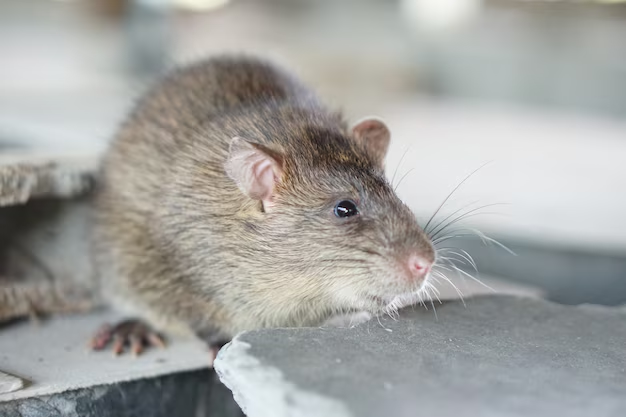Are Roof Rats a Threat to Your Home and Health?
If you've ever heard mysterious scuttling sounds originating from your attic or noticed a series of dark droppings in unusual places around your home, you might be dealing with a roof rat problem. But are these nocturnal invaders more than just a nuisance? Let’s explore whether roof rats are dangerous and what you should know about handling them effectively.
Understanding Roof Rats
Roof rats, also known as black rats or ship rats, are slender rodents with long tails and large ears. Predominantly nocturnal, these rats are excellent climbers, favoring high areas like attics, walls, and trees. They are not only carriers of disease but also known for their destructive chewing habits that can cause significant damage to your home.
Health Risks Posed by Roof Rats
The primary concern with roof rats is their potential to spread diseases. Here are a few illnesses associated with these rodents:
Leptospirosis: This bacterial disease can lead to kidney damage, meningitis, liver failure, and respiratory problems. Humans can contract it by coming into contact with water or food contaminated with rat urine.
Salmonella: Roof rats can spread salmonella by contaminating food preparation surfaces. Symptoms can include diarrhea, fever, and abdominal cramps.
Rat-Bite Fever: People can contract this bacterial illness through bites or scratches from infected rats, leading to symptoms like fever, vomiting, and muscle pain.
Property Damage and Secondary Infestations
Beyond health risks, roof rats can cause extensive damage to buildings, gnawing on electrical wires, insulation, and wood. This not only weakens structural integrity but also presents a fire hazard due to exposed wiring. Moreover, their presence can attract predators like snakes and larger mammals, exacerbating the pest problem.
Managing Roof Rats and Protecting Your Home
The first step in managing a roof rat infestation is recognizing the warning signs. Look for telltale signs like droppings, gnaw marks, and squeaking noises. Once you've identified them, take the following steps:
Seal Entry Points: Roof rats can enter through small openings. Secure windows, doors, vents, and any cracks with appropriate materials.
Maintain Cleanliness: Keep your property free from food debris. Store food in sealed containers and ensure pet food is not left out overnight.
Remove Climbing Aids: Trim trees and shrubs that might provide access to your roof.
For extensive issues, consulting a pest control professional is recommended.
Transforming Challenges Into Opportunities
Addressing a roof rat infestation is undoubtedly a challenge, but it's also a chance to engage with broader topics of securing your home and personal well-being. While roof rats might push you towards ensuring a safe living environment, consider this an invitation to improve other aspects of your life through available resources.
Financially securing your home through comprehensive insurance can protect against unexpected costs, while educational grants can propel you towards greater career stability, helping to safeguard against future crises.
Whether it's tackling a pest problem or strengthening financial security, proactive steps can turn problems into opportunities for growth and stability.
Financial and Educational Resources to Explore
💰 Government Financial Aid: Look into federal programs that offer financial assistance for home repairs, especially if structural damage is involved.
🛠️ Homeowners Insurance: Consider revisiting your insurance policy to ensure it covers pest-related damages.
💳 Credit Card Solutions: Use cards with cash back options to earn while addressing pest-related expenditures.
🎓 Educational Grants: For those interested in long-term solutions, consider education in pest management or home renovation.
🏠 Local Assistance Programs: Check for local government or community programs designed to assist with home upkeep in emergencies.
By considering these resources, you can navigate roof rat challenges effectively while exploring avenues for financial and personal growth.
